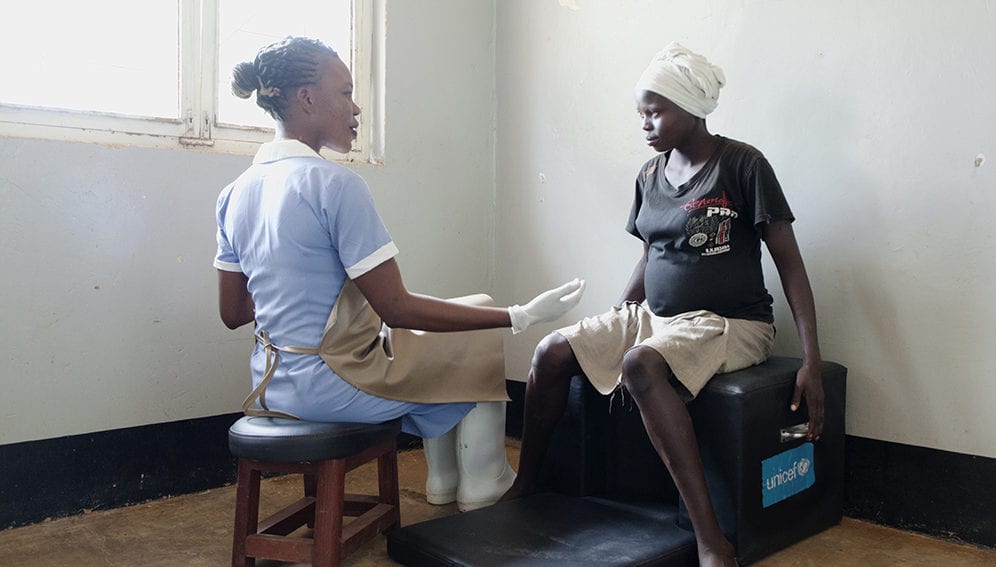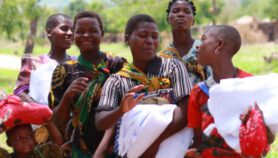By: Emanuela Zuccalà
Send to a friend
The details you provide on this page will not be used to send unsolicited email, and will not be sold to a 3rd party. See privacy policy.
At 19, she is about to give birth to her first child.
We are in Karamoja, an arid pastoral region in northeastern Uganda, 500 kilometers from the capital Kampala.
Moving slowly across the pink glow from sun-lit curtains in a small delivery room, Maria whispers to the midwife: can she help her sit on a ‘birth cushion’, which has been designed to help her deliver while seated.
The cushion is a low-tech, cheap innovation that was introduced to the region in 2013 by Unicef through Doctors with Africa-Cuamm, an Italian NGO.
Since then, childbirths assisted by health workers have risen from 18 to 52 per cent, according to the Ugandan national health system. In Karamoja the cushion is now being used in 81 out of 128 health centres. And last year it was one of the finalists in an international contest by USAID which recognises NGOs for sustainable approaches for maternal health.
The cushion is part of a rising trend in Africa of using culturally sensitive approaches to health care.
The idea is to help people, especially in rural areas, to feel more at ease in hospitals and welcomed by health personnel. In South Sudan, for example, access to maternal and child health improved when traditional birth attendants were integrated into the formal health system.
In Mozambique, and other areas in Sub-Saharan Africa, a method of caring for preterm infants known as ‘kangaroo mother care’ — already used spontaneously by many women and involving infants being carried by the mother with skin-to-skin contact — appears to reduce mortality among newborn babies weighing less than 2 kilos. It replaces the use of incubators, which can be too expensive for countries with limited resources.
It’s a simple solution to problems all too common for pregnant women in many rural parts of Africa, where countries face maternal mortality rates that are among the highest in the world.
Mortality
Over the past five years, Uganda’s maternal mortality has fallen below the Sub-Saharan African average: for every 100,000 live births, 343 women die here, compared to 546 in the continent (in Europe the rate is 16; in the UK, 9). But Karamoja still registers a more than double that figure, at 750, according to the Regional Health Authority.
There are five hospitals and 128 healthcare centres in the region. But only 55 per cent of the population lives within 5 kilometers from one of these centres, which is the minimum standard for accessibility that has been set by the WHO.
“Women should be allowed to choose their delivery position, including squatting or sitting, and be offered pain relief,”
Olufemi Oladapo
Expectant mothers face social obstacles on top of the logistical ones. In this region, where elder men lead the social structure and women have no decision-making power, domestic duties — including cultivating fields and building huts — are usually delegated to the wives. “It’s therefore common that a woman has complications during pregnancy or premature birth due to her hard work,” explains John Bosco Nsubuga, the director of St. Kizito Hospital in Matany, one of the only two hospitals in Karamoja.
But the main danger for women’s pregnancies is a cultural resistance to trusting health workers, who are perceived as “strangers”— even if they’re from the same area — when they’re not respectful of local customs including beliefs related to disposal of placenta, the ceremony of showing the baby to the family and naming him, and, mainly, the delivering position. “For our women, opening their legs on a bed is considered improper” explains Betty Agan, chief-midwife in Lorengechora health centre.
In 2017, Agan was honoured by the Ugandan Health Ministry as “the best midwife in Karamoja”. She’s very quick to identify mothers’ complications and refer them to the nearest hospital in Matany. But she is known mainly for her respect for local traditions.
“When women deliver at home, they prefer to squat,” says Agan. “That’s why they’re wary of coming to us. But now, thanks to the birth cushion, here women can deliver seated: they feel at their ease, protected in their privacy. While the babies, instead of falling on the floor, rest on a soft pillow.”
Women in other African countries, such as Benin have expressed similar concerns to those of women in Karamoja. The WHO and others see the free choice of delivery position as positive for how well labour progresses.
“Women should be allowed to choose their delivery position, including squatting or sitting, and be offered pain relief,” says Olufemi Oladapo, one of the authors of WHO recommendations on care for a positive childbirth experience that were published earlier this year.
Simplifies
It has been designed with a stool for the midwife, a cushion for the mother with two metallic handles on both sides for her to hold, and a small cushion for the newborn to lay on. “It’s comfortable also for us” adds Agan, “since it’s easy to view the perineum while the mother is seated, and it simplifies the expulsion of the placenta.”
According to Unicef, the birth cushion can also speed up labour because it enables women to exert the right pressure on their abdomen.
Doctors with Africa-Cuamm say it is now planning to roll out its invention to the rest of Uganda.
The idea of the cushion was borrowed from Asia and piloted in Karamoja, says Rebecca Kwagala a Unicef programmer specialist in Moroto district, Karamoja. She added that the prototype was improved after feedback received from patients and midwives in local healthcare facilities.
Its popularity in Karamoja is a sign of a new trend in the African health sector: the re-evaluation of certain local traditions, along with traditional medicine, and how they can be integrated into health practices. WHO has recognized this by adopting, in 2000, a strategy on promoting traditional medicine in health systems, which also includes traditional midwifery.
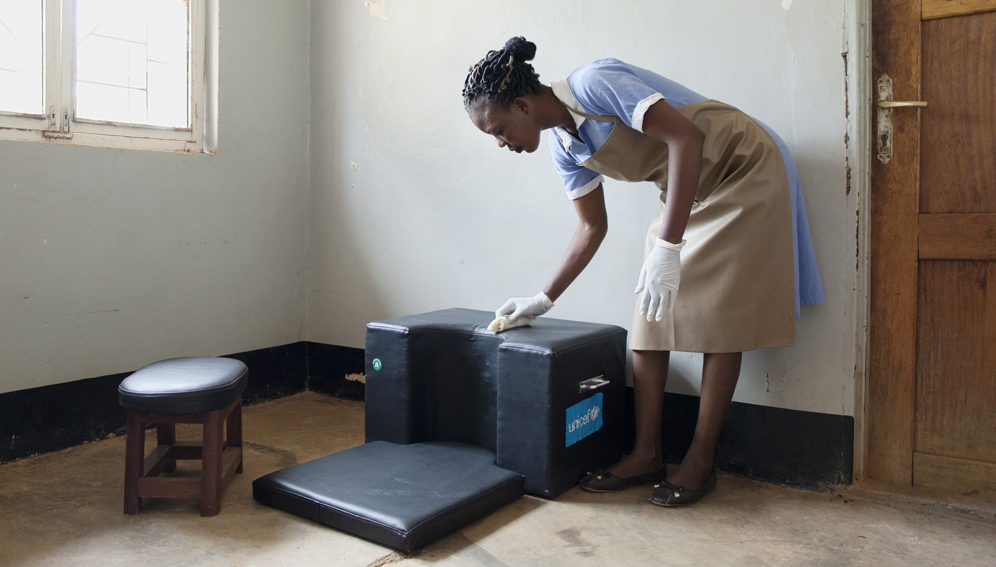
Lorengechora, Karamoja (Uganda). Young midwife Fausta Abura is cleaning the “birth cushion”. Like the majority of the local midwives, Fausta studied in Matany Hospital, which is run by the Comboni missionaries.
Valeria Scrilatti / ZONA
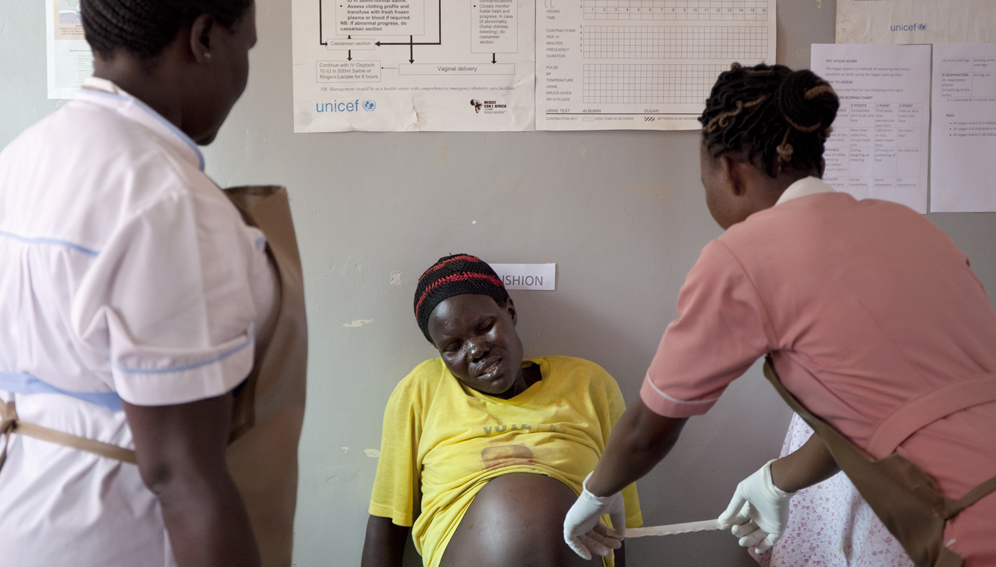


Lorengechora, Karamoja (Uganda). Rebecca Lokol, 35, is giving birth to her 6th child. She ended up in an obstructed labour and was transported by ambulance to Matany Hospital for a caesarean section. Everything went fine.
Valeria Scrilatti / ZONA
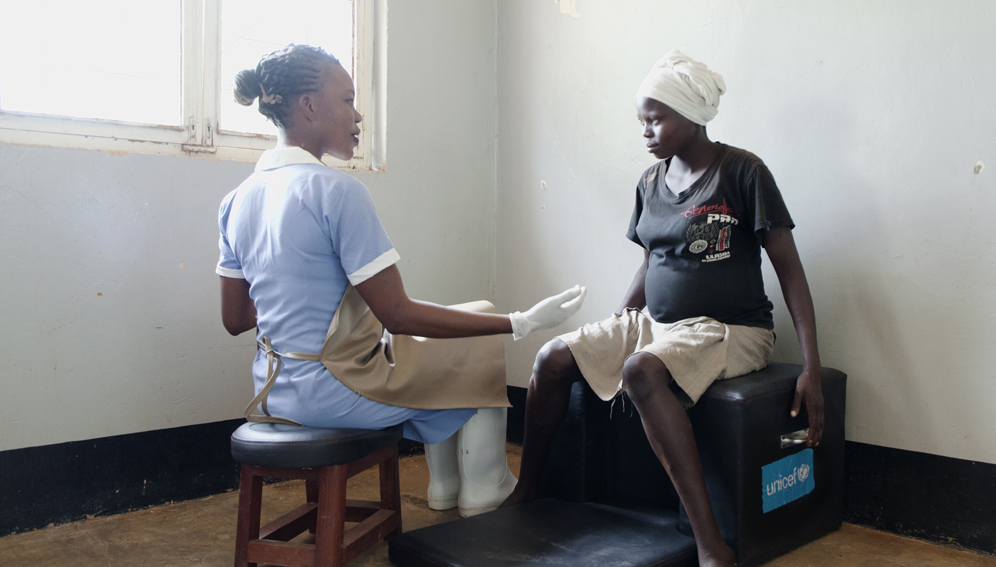


Lorengechora, Karamoja (Uganda). During an ante-natal visit, midwife Fausta Abura shows a woman how to use the “birth cushion”.
Valeria Scrilatti / ZONA
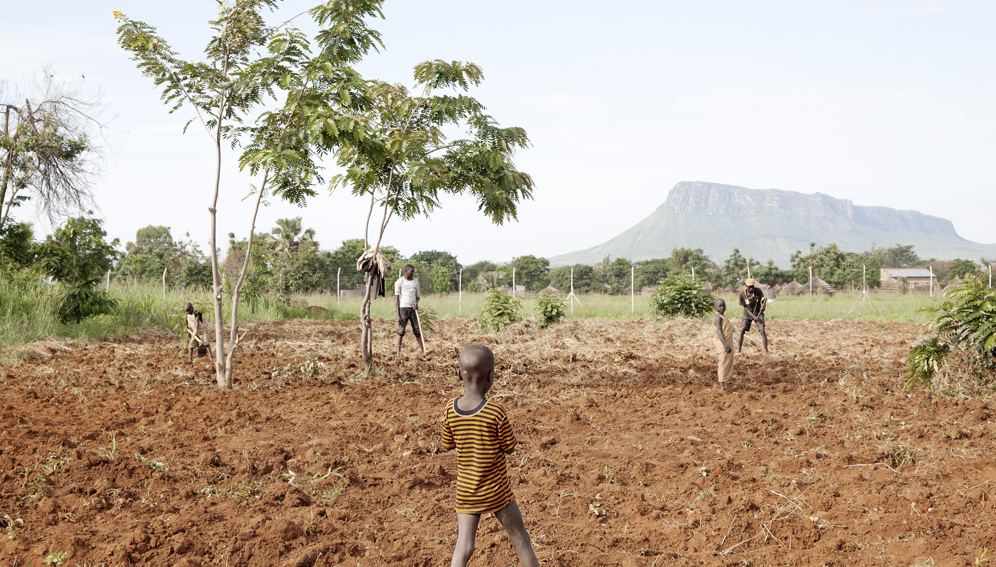


Lorengechora, Karamoja (Uganda). The field outside the health centre. Karimojong people are a Nilotic ethnicity of the plains, who emigrated from Ethiopia in the 18th century.
Valeria Scrilatti / ZONA
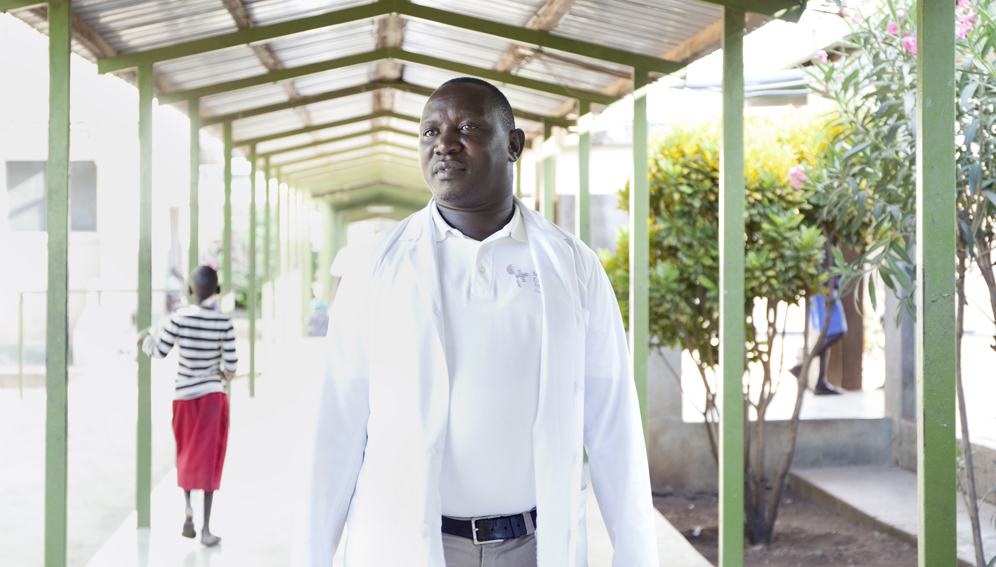


Matany Hospital, Karamoja (Uganda). Dr. Denis Ogwang, born and grew up in Karamoja, is the regional coordinator of Doctors with Africa-Cuamm, the NGO that has introduced the “birth cushion” in the region.
Valeria Scrilatti / ZONA
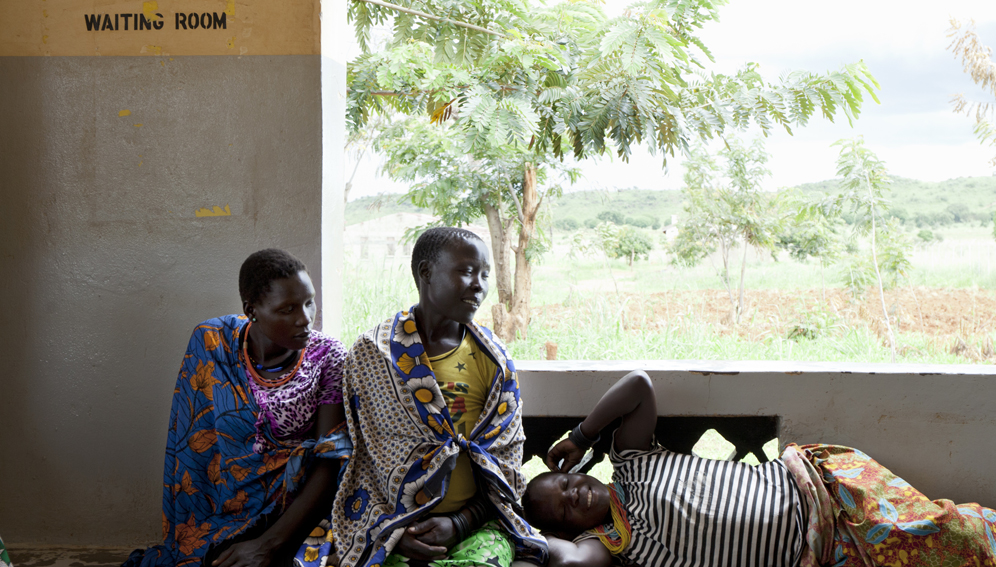


Lorengechora, Karamoja (Uganda). Women waiting for an ante-natal visit in the health centre.
Valeria Scrilatti / ZONA
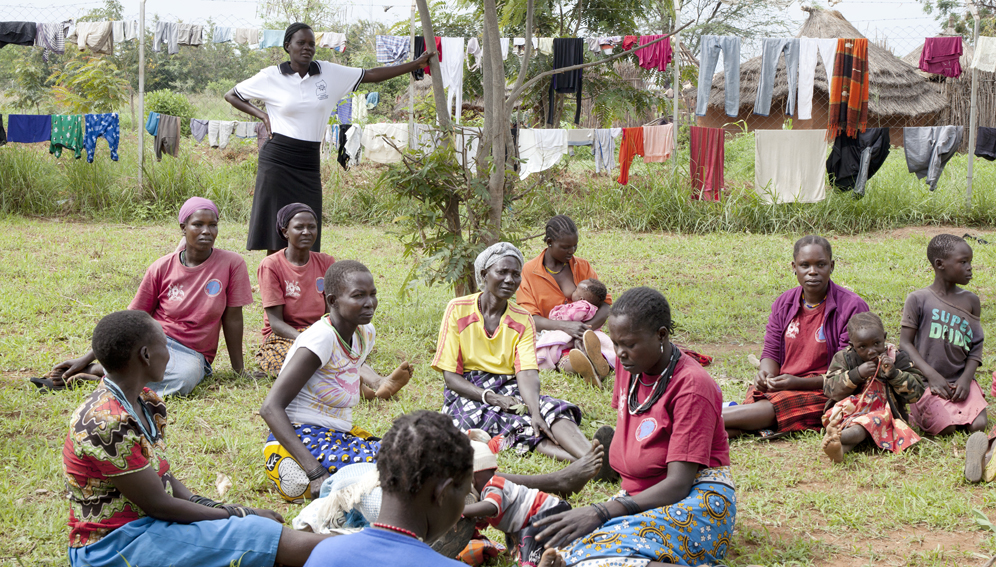


Lorengechora, Karamoja (Uganda). The “peer mothers” are a group of local women who are committed to raise awareness in the community on maternal and child health issues.
Valeria Scrilatti / ZONA
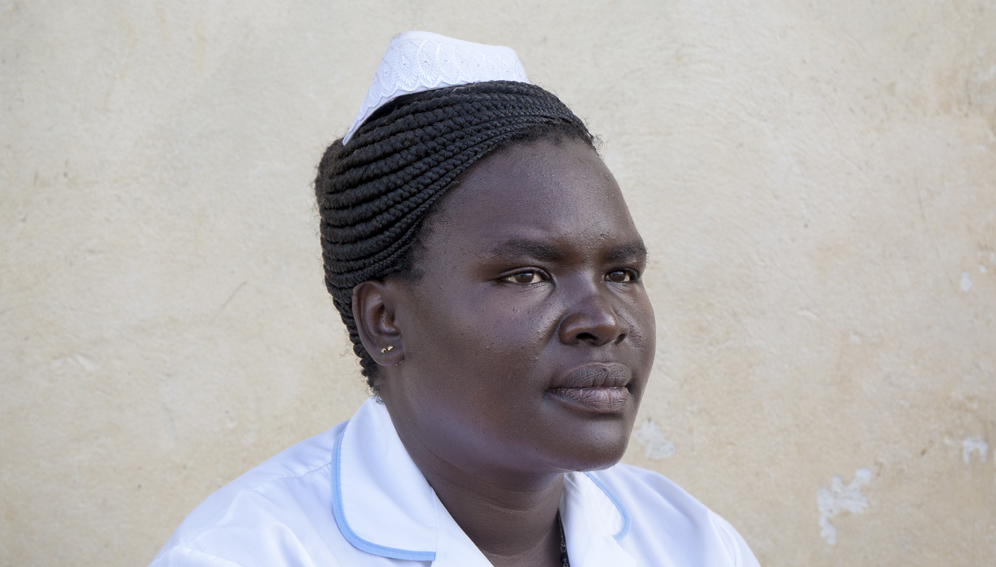


Iriri, Karamoja (Uganda). A typical Karimojong village, called “manyatta”, under the Napak mountains.
Valeria Scrilatti / ZONA
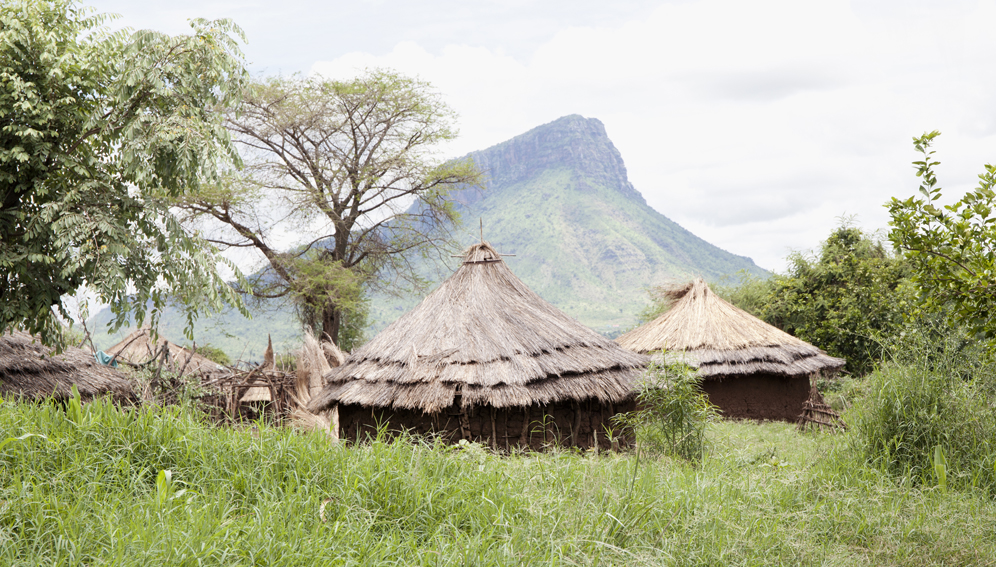


Lorengechora, Karamoja (Uganda). Betty Agan, 38, is the chief-midwife in Lorengechora health centre. In December 2017, she was awarded by the State as “the best midwife in Karamoja”.
Valeria Scrilatti / ZONA
In August this year, on African Traditional Medicine Day, the WHO Regional Director for Africa, Matshidiso Moeti, urged “for stronger collaboration between governments, national medicine regulatory authorities, manufacturers and traditional health practitioners. This will contribute to quality health care”.
In the past, health services offered by international donors were modeled only on Western standards. “But people in rural areas will trust midwives and medical staff in general only through a smart mediation between modern tools and local customs, when these are not harmful,” Ogwang points out. “The ‘birth cushion’ is a successful example of such a mediation.”
“In the last month” adds midwife Agan, “we’ve had 30 deliveries, and 15 of them were on the birth cushion. A very good result.”


